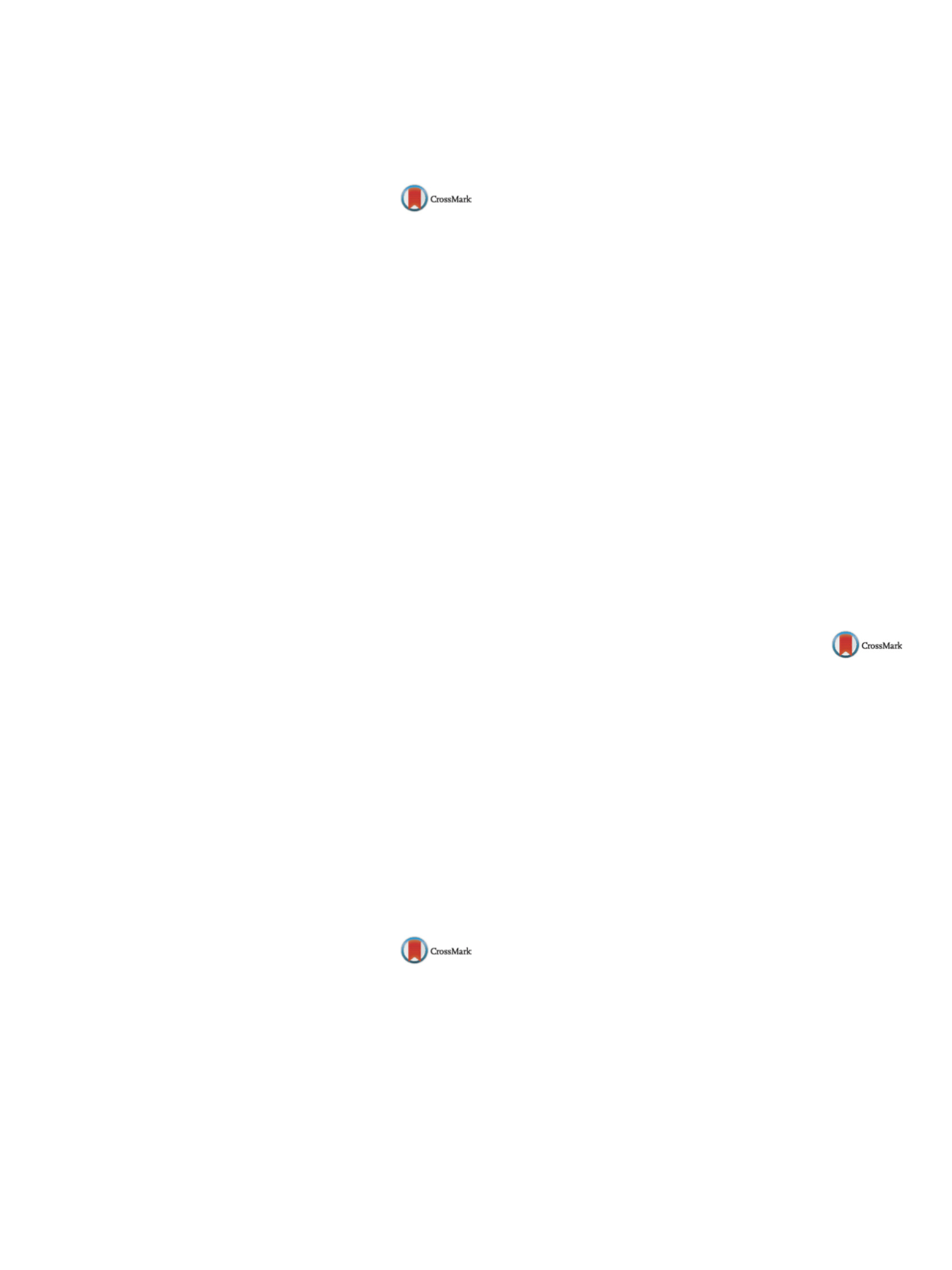

25th European Congress of Psychiatry / European Psychiatry 41S (2017) S521–S582
S579
Disclosure of interest
The authors have not supplied their decla-
ration of competing interest.
http://dx.doi.org/10.1016/j.eurpsy.2017.01.865EV0536
The impact of the economic crisis on
the use of psychotropic medication in
Portugal: Preliminary results of the
national mental health survey
follow-up
M. Silva
∗
, A. Antunes , D. Frasquilho , G. Cardoso ,
J.M. Caldas-de-Almeida
Nova Medical School, Faculdade de Ciências Médicas UNL, Chronic
Disease Research Center Cedoc, Lisboa, Portugal
∗
Corresponding author.
Introduction
Economic crises can contribute to a worsening of
mental health problems and, consequently, to a possible increase
of the use of psychotropic medication.
Objectives
To assess the use of psychotropic medication in Portu-
gal before and after the onset of the economic crisis, and to better
understand the impact of the economic crisis in this highly hit
country.
Methods
This 2015 follow-up epidemiological study re-
interviewed a probability sub-sample of respondents to the
2008 national mental health survey, the first nationally represen-
tative study of psychiatric morbidity and treatment patterns in
Portugal. Socio-demographic and clinical variables were assessed
using a structured interview in 2008 (
n
= 2060) and 2015 (
n
= 911).
All participants were questioned about the last 12month use of
psychotropic medication for mental health problems. Descrip-
tive analysis was conducted to assess the use of psychotropic
medication by group and gender in 2008 and 2015.
Results
Between 2008 and 2015 there was an overall increase in
the use of the main groups of psychotropic medication (22.5% to
28.6%), with a particularly relevant increase in the consumption
of anti-depressants and anxiolytics. The use of psychotropic med-
ication was higher among women in 2008 and 2015 (31.1% and
36.7%) compared to men. However, the increase in consumption
was more relevant in men (13.3% to 20.0%), particularly in relation
to anxiolytics (6.0% to 11.6%).
Conclusions
The economic crisis was associated with a sub-
stantial increase of psychotropic medication’s use in Portugal,
consistent with the increased prevalence of mental health prob-
lems that this study also found.
Funding
EEA Grants Programa Iniciativas em Saúde Pública.
Disclosure of interest
The authors have not supplied their decla-
ration of competing interest.
http://dx.doi.org/10.1016/j.eurpsy.2017.01.866EV0537
Services utilization for mental health
problems in Portugal during the
economic crisis: Preliminary results of
the national mental health survey
follow-up
M. Silva
1 ,∗
, A. Antunes
2, D. Frasquilho
2, G. Cardoso
2,
J.M. Caldas-de-Almeida
21
Nova Medical School, Faculdade de Ciências Médicas, Chronic
Disease Research Center Cedoc, Lisboa, Portugal
2
Nova Medical School, Faculdade de Ciências Médicas UNL, Chronic
Disease Research Center Cedoc, Lisboa, Portugal
∗
Corresponding author.
Introduction
During economic crises additional mental health
risks emerge and social inequalities in health can widen. In order to
ensure universal coverage of mental health care and to reduce the
impact of the crisis, it is crucial to assess the needs of the population
to be able to reorganize mental health care accordingly.
Objectives
To analyse the use of services for mental health prob-
lems in Portugal during the economic crisis.
Methods
In this follow-up epidemiological study, a probabil-
ity sub-sample of respondents to the 2008 national mental
health survey (
n
= 911) was re-interviewed in 2015. Socio-
demographic variables and treatment patterns were assessed
using a structured interview, and psychological distress was
measured using the Kessler-10 Scale. Descriptive analysis was
conducted to characterize the use of services for mental health
problems.
Results
In total, 27.9% of the respondents sought treatment for
mental health problems in the previous 5 years, and GPs were the
most contacted professionals. Only 57.7% (
n
= 119) of the respon-
dents with moderate or severe psychological distress (
n
= 197)
reported recognizing they needed treatment. Among people with
moderate or severe psychological distress who recognized their
need for treatment, most received treatment (80.5%,
n
= 105),
which was minimally adequate for 74.4% (
n
= 81). Low perceived
need and structural barriers were the main obstacles for access
to care.
Conclusions
Under-treatment, low continuity of care and low
adequacy of treatment are problems that the Portuguese health
systemmust address in order to meet the mental health challenges
of the economic crisis.
Funding
EEA Grants: Programa Iniciativas em Saúde Pública.
Disclosure of interest
The authors have not supplied their decla-
ration of competing interest.
http://dx.doi.org/10.1016/j.eurpsy.2017.01.867EV0538
A biopsychosocial look on the violence
in Colombia. Understanding violence
to understand the role of psychiatrist
in the post-peace agreement era
M.J. Suelt
Colombian Institute of nervous system, Clinical Montserrat, Bogota,
Colombia
Introduction
The armed Colombian conflict is one of the bloodiest
and most extensive in the contemporary history of Latin America,
with multiple factors and causes implicated.
Objectives
Determine the factors involved in the emergence of
Colombian political violence from neurobiological, anthropologi-
cal, social and psychoanalytic models.
Methods
We revised the report Basta Ya! of The National Cen-
ter for Historical Memory, which approximates the casualties
and victims of the armed conflict in Colombia. In addition, we
conducted a rigorous review of current scientific and clinical
literature on the neurobiology of violent behavior, social psychi-
atry and psychoanalytic papers about war, death, and survival
instincts.
Results
Violent behavior can be explained by the neurobio-
logical model of aggressive response as an imbalance between
the prefrontal cortex and the limbic system. There is evidence
to support a geographically-based violence in Colombia with a
fragmentation of the territory, the State, and the Colombian iden-
tity. Moreover, we found the psychological component raised
by Freud and in psychoanalysis, about war, and life and death
instinct, as antagonistic manifestations of life-present in acts of
violence.
Conclusions
The violence from the armed Colombian conflict
has been one of the longest in modern history, determining its
causality has been complex. However, understanding violencemul-
tifactorially allows us to improve social psychiatry and our role as
clinicians in this new post-agreement era, in order to better estab-


















